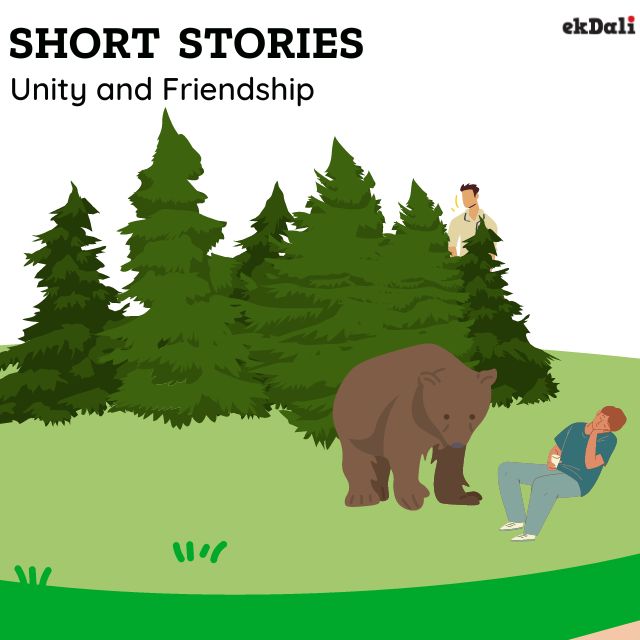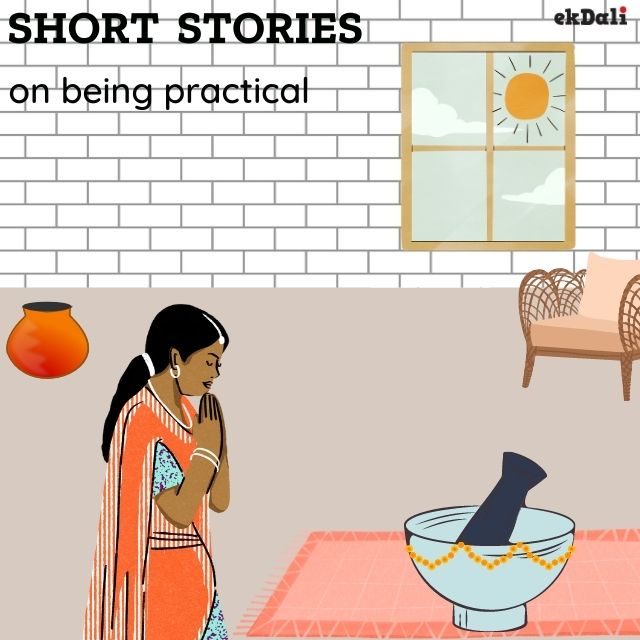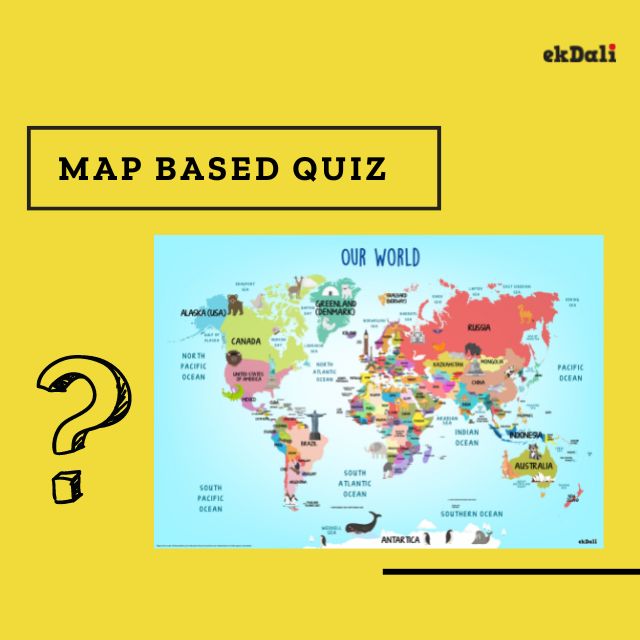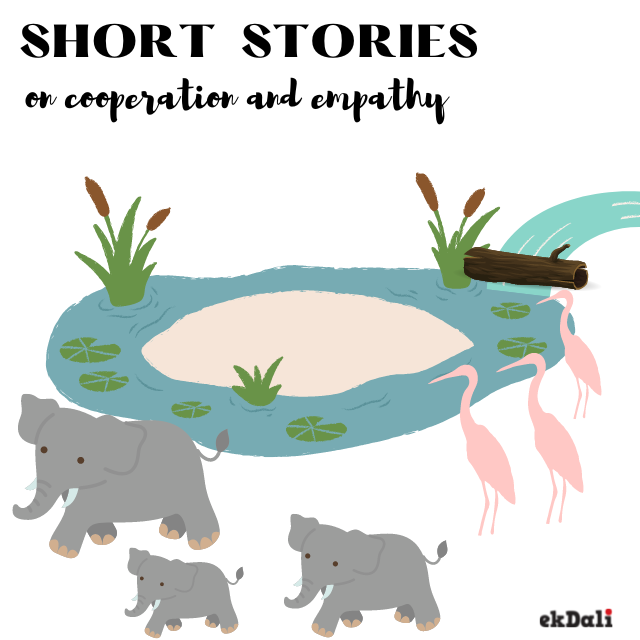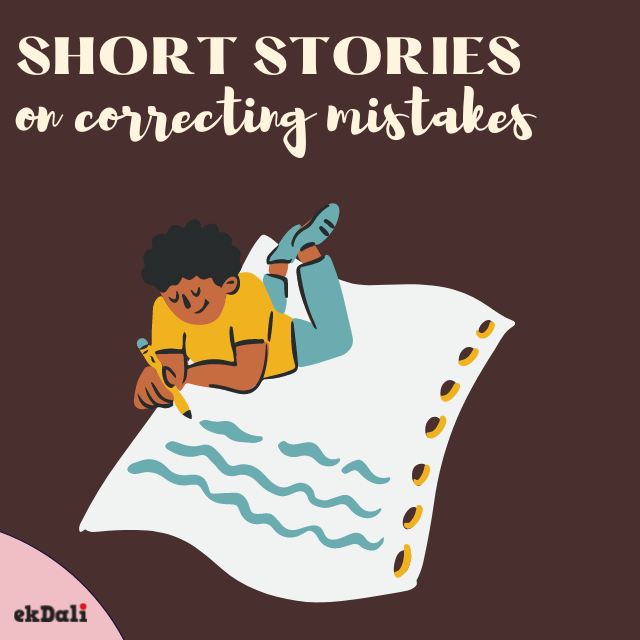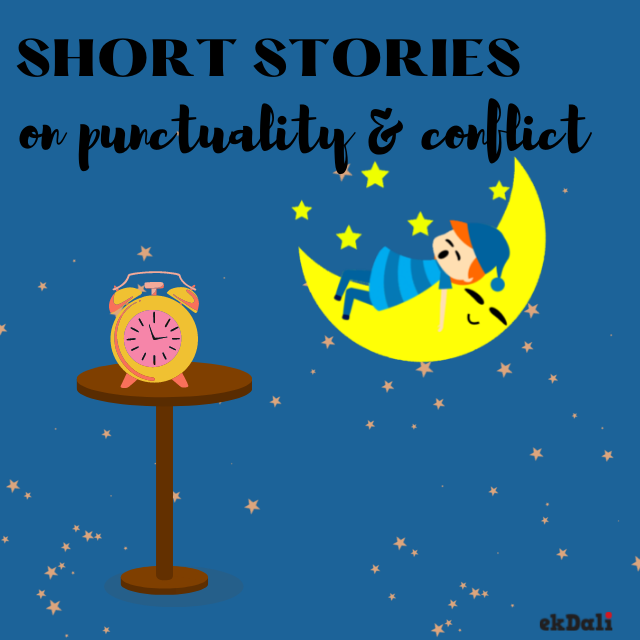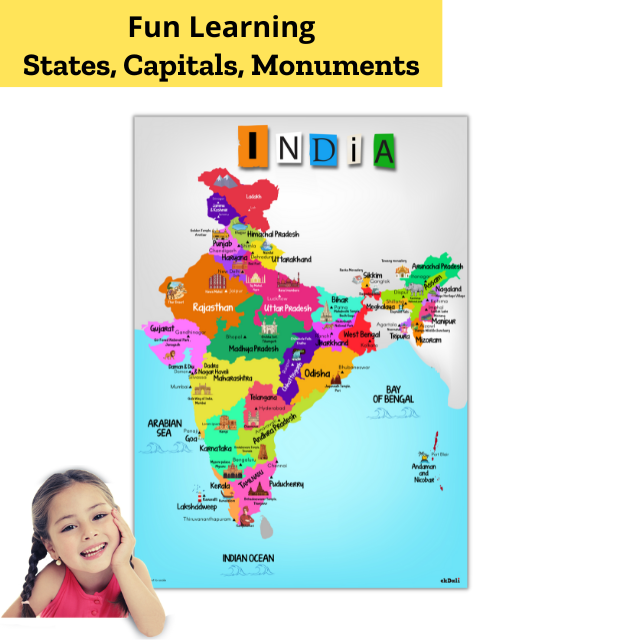Flag hoisting events and parades by the armed services and schoolchildren are staged around the country on Republic Day. The most spectacular and important of these parades is conducted on Rajpath in New Delhi, and it depicts a multi-hued image of the country's rich cultural legacy and military power.
The procession is presided over by India's President. One of the primary goals of the Republic Day Parade is to pay honour to the martyrs who have given their lives for the country and to bestow bravery medals on military personnel, citizens, and youngsters who have demonstrated courage in the face of adversity.
The Prime Minister of India initially places a wreath at the Amar Jawan Jyoti at India Gate in commemoration of all personnel of the armed services who have given their lives in the service of their country. Following that, there will be a 21-gun salute, the unfurling of the National Flag, and the singing of the National Anthem. Following that, bravery award winners receive awards such as the Paramvir Chakra, Ashok Chakra, and Vir Chakra.
The parade begins with winners of gallantry awards greeting the President in open military jeeps, followed by a display of numerous tanks, missiles, and other military equipment. The march-past of several units of the armed services, police, Home Guards, and National Cadet Corps follows. The salute is taken by the President of India, who is also the Commander-in-Chief of the Indian Armed Forces. This is followed by a colourful parade featuring tableaux from many states and patriotic school children performing cultural dances.
Children who have won the Pradhan Mantri Rashtriya Bal Puraskar ride colourfully adorned elephants past the audience. The Indian Council for Child Welfare honours and awards these youngsters for remarkable acts of bravery and unselfish sacrifice.
The Republic Day Parade concludes with daredevil motorcycle riding and a flypast over Rajpath by Indian Air Force fighter jets, as onlookers watch on with pride.
Defying the Retreat Ceremony
Every year on January 29, the ceremony at Vijay Chowk marks the end of the four-day Republic Day celebrations. The President of India arrives at the occasion in a cavalry troop escorted by the 'President's Bodyguards' (PBG). When the President arrives, the PBG commander instructs the unit to perform the National Salute, which is followed by the Massed Bands playing the Indian National Anthem, Jana Gana Mana, and the unfurling of the National Flag of India on the flagpole. Various Army Regiments' military bands, pipe and drum bands, buglers, and trumpeters perform during the ceremony. There are other bands from the Navy and Air Force.
When the Colours and Standards are paraded, 'Beating the Retreat' has established as a national pride event. The ritual dates back to the early 1950s, when Major Roberts of the Indian Army created the unique ceremony of display by massed bands. 'Beating Retreat' commemorates a centuries-old military tradition in which warriors stopped combat, sheathed their weapons, and withdrew from the battlefield at dusk, returning to their camps. Flags are lowered and colours and standards are cased. The ritual evokes nostalgia for bygone eras.
The flag hoisting ceremony, followed by a parade exhibiting India's rich cultural heritage and military power, is the greatest celebration in New Delhi.
Martyrs Days are observed on January 30 to honour and pay tribute to those martyrs who made the ultimate sacrifice for our beloved country's freedom, welfare, and progress. Mahatma Gandhi was killed on January 30, 1948. Since then, every year on this day, the nation has paid honour to the Mahatma and other martyrs.
The President, Vice President, Prime Minister, Defence Minister, and the three service Chiefs congregate at Rajghat to lay wreaths on Mahatma Gandhi's Samadhi, which is decked with multi-colored flowers. As a symbol of respect for the martyrs, the inter-services contingent reverses arms. Gandhiji's favourite bhajans are sung during a religious prayer ceremony.














